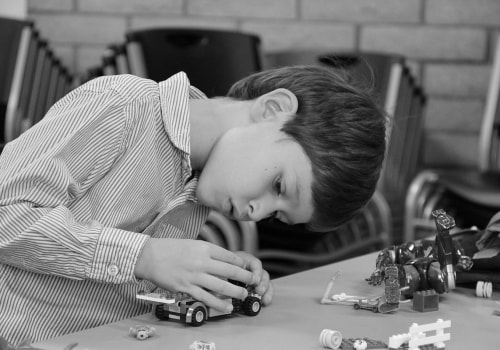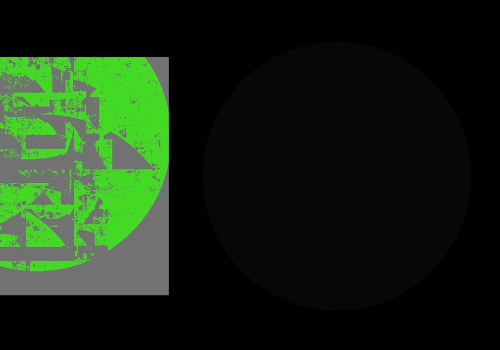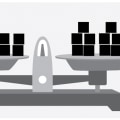Do you remember solving linear equations in school? It may have seemed like a daunting task, but now that your child is learning about them, you may want to refresh your memory. Luckily, there's an easy and visual way to solve linear equations - graphically. In this comprehensive guide, we will explore the process of solving linear equations graphically and how it can help your child better understand algebra. Whether you're a math whiz or just looking for some extra help, this article will cover everything you need to know about graphing equations and inequalities.
So let's dive in and discover the power of graphing in solving algebra problems!Linear equations are a fundamental concept in algebra and play a crucial role in your child's academic success. As a parent, it can be daunting to help your child with their algebra skills, but by understanding how to graph and solve linear equations, you can provide valuable support and guidance. So, let's start with the basics. A linear equation is an equation that represents a straight line on a graph. In algebra, we use these equations to represent relationships between two variables.
These variables can be any quantities that change, such as time, distance, or temperature. Graphing and solving linear equations is essential because it helps us understand the relationship between two variables visually. By plotting points on a graph and connecting them with a line, we can see how the two variables are related and make predictions based on the graph. Now, let's dive into the steps for graphing and solving linear equations. The first step is to identify the slope and y-intercept of the equation. The slope represents the steepness of the line, while the y-intercept is where the line crosses the y-axis.
Once you have identified these values, you can plot the y-intercept on the graph and use the slope to find other points on the line. For example, if we have the equation y = 2x + 3, the slope is 2, and the y-intercept is 3.We can plot the point (0,3) as our y-intercept and then use the slope to find other points. To do this, we move up two units and over one unit from our y-intercept point to plot another point. We can repeat this process to plot more points and then connect them with a line. Now that we have covered graphing, let's move on to solving linear equations. The key to solving these equations is to isolate the variable on one side of the equation.
We do this by using inverse operations, which means doing the opposite of what the equation is asking us to do. For example, if the equation says to add 5, we would subtract 5 from both sides. Let's take the equation 2x + 3 = 9 as an example. To isolate the variable x, we need to get rid of the 3 by subtracting it from both sides. This leaves us with 2x = 6.Then, to solve for x, we divide both sides by 2, giving us x = 3.We can check our solution by plugging it back into the original equation. Now that we have covered the steps for graphing and solving linear equations, let's discuss some common mistakes and tips for avoiding them.
One common mistake is not correctly identifying the slope and y-intercept, which can lead to incorrect graphing and solving. Make sure to double-check your work and ask for help if needed. Another tip is to always check your solutions by plugging them back into the original equation. This will help catch any errors and ensure that you have found the correct solution. To help your child practice these skills, we have provided some practice exercises and worksheets. These resources are designed to reinforce their understanding of graphing and solving linear equations and give them confidence in their abilities. If you find that your child needs additional support, don't hesitate to seek out a qualified algebra tutor in your area.
They can provide one-on-one instruction and personalized help to ensure your child's success in algebra.
Steps for Graphing and Solving Linear Equations
Next, we will break down the steps for graphing and solving linear equations. These include identifying the slope and y-intercept, using the slope-intercept form, and finding solutions by substitution or elimination. We will provide clear examples and walk through each step to ensure a thorough understanding.Practice Exercises and Worksheets
To solidify your child's understanding of graphing and solving linear equations, we have included practice exercises and worksheets. These will allow your child to apply what they have learned and gain more hands-on experience with this important algebraic concept.Understanding Linear Equations
To start, it's crucial to understand the basics of linear equations.A linear equation is an equation between two variables that creates a straight line when graphed. In algebra, these equations are used to represent real-world situations and solve problems. It is essential for students to master graphing and solving linear equations to progress in their algebra studies.
Finding Qualified Algebra Tutors
use HTML structure with Solving Linear Equations Graphically only for main keywords and If you feel that your child needs additional support in mastering linear equations or other algebra concepts, we recommend finding a qualified algebra tutor in your area. We will provide tips for finding the right tutor and resources for locating one near you., do not use "newline character"Common Mistakes and Tips for Avoiding Them
As with any math concept, there are common mistakes that students make when graphing and solving linear equations.These mistakes can hinder their understanding of the concept and lead to incorrect solutions. As a parent, it is important to be aware of these errors so you can help your child avoid them. Here are some common mistakes students make when graphing and solving linear equations:1.Not labeling axes correctly: When graphing an equation, it is crucial to properly label the x and y axes. This ensures that the points plotted on the graph are accurate and easy to read.
Encourage your child to double-check their axes before starting to plot points.
2.Forgetting to include all solutions:
When solving a linear equation, it is important to remember that there can be more than one solution. Remind your child to check their work and make sure they have included all possible solutions.3.Misinterpreting the slope and intercept:
Understanding the slope and intercept of a linear equation is essential for graphing accurately. Remind your child that the slope represents the rate of change and the intercept represents the starting point on the y-axis. To help your child avoid these mistakes, here are some tips:1.Practice, practice, practice: The more your child practices graphing and solving linear equations, the more comfortable they will become with the concepts and the less likely they are to make mistakes.2.Use visual aids:
Graph paper or online graphing tools can be helpful in visualizing linear equations and avoiding mistakes.3.Check their work:
Encourage your child to double-check their work and make sure they have accurately labeled their axes and included all solutions. By being aware of common mistakes and providing tips for avoiding them, you can help your child improve their algebra skills and build confidence in solving linear equations graphically. With practice and guidance, they will become proficient in this important algebra concept. In conclusion, solving linear equations graphically is a crucial skill for success in algebra.By understanding the basics, following the steps, and avoiding common mistakes, your child can improve their algebra skills and build a strong foundation for future math studies. Use the tips and resources provided in this article to support your child's learning, and don't hesitate to seek out a qualified tutor if needed.











